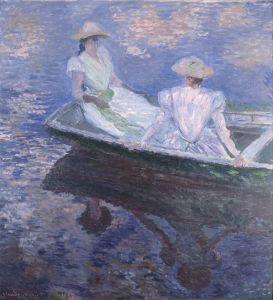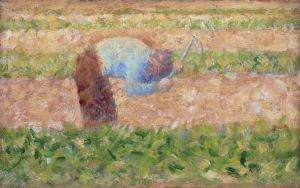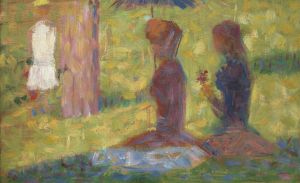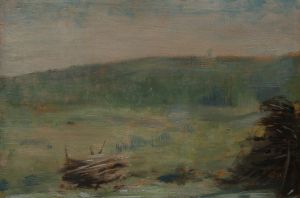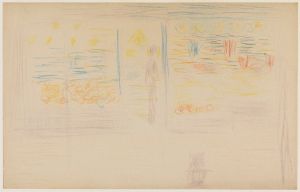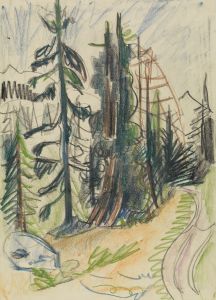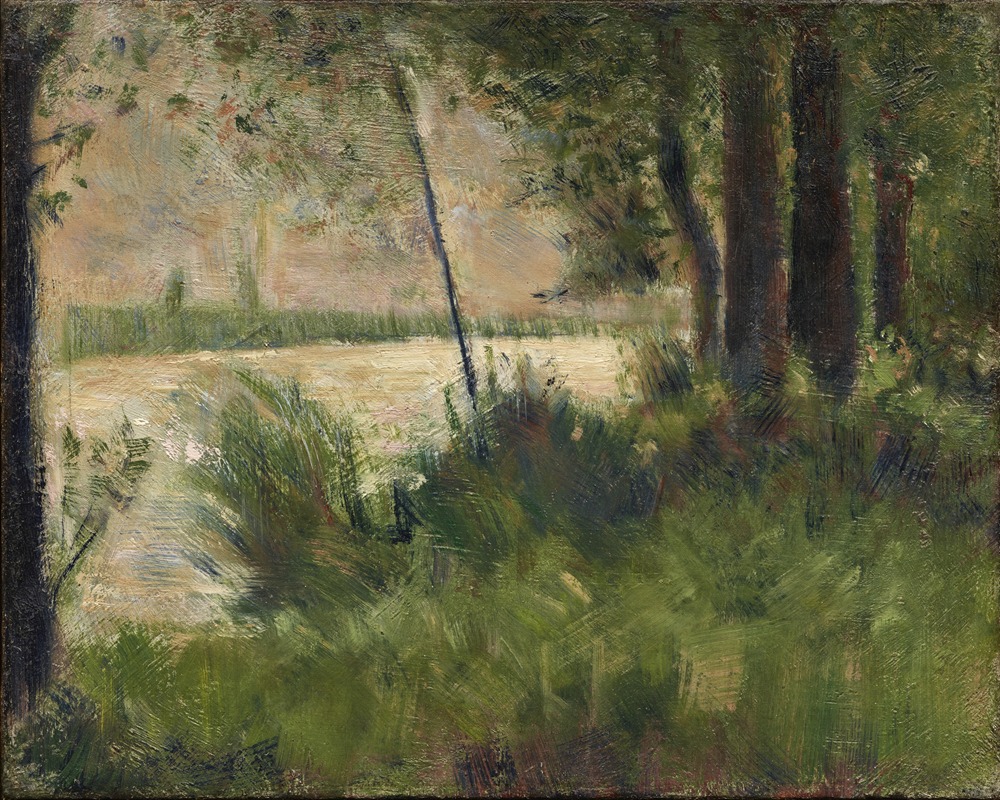
Grassy Riverbank
A hand-painted replica of Georges Seurat’s masterpiece Grassy Riverbank, meticulously crafted by professional artists to capture the true essence of the original. Each piece is created with museum-quality canvas and rare mineral pigments, carefully painted by experienced artists with delicate brushstrokes and rich, layered colors to perfectly recreate the texture of the original artwork. Unlike machine-printed reproductions, this hand-painted version brings the painting to life, infused with the artist’s emotions and skill in every stroke. Whether for personal collection or home decoration, it instantly elevates the artistic atmosphere of any space.
"Grassy Riverbank" is a painting by the French artist Georges Seurat, who is renowned for pioneering the technique known as Pointillism. Seurat was born on December 2, 1859, in Paris, France, and he became a key figure in the post-Impressionist movement. His meticulous and scientific approach to painting distinguished him from his contemporaries.
Seurat's technique, Pointillism, involves the application of small, distinct dots of color that are applied in patterns to form an image. This method relies on the ability of the viewer's eye and mind to blend the color spots into a fuller range of tones. Seurat's work is characterized by a precise and methodical application of paint, which he believed could create a greater luminosity and vibrancy than traditional brush strokes.
"Grassy Riverbank" exemplifies Seurat's innovative technique and his interest in capturing the effects of light and atmosphere. The painting depicts a serene riverside scene, with lush green grass and a calm body of water. The use of Pointillism in this work allows Seurat to explore the interplay of light and shadow on the natural landscape, creating a sense of depth and tranquility.
Seurat's interest in the scientific study of color and light was influenced by contemporary theories of optics and color perception. He was particularly inspired by the works of Michel Eugène Chevreul, a chemist who developed the theory of simultaneous contrast, which describes how the perception of one color is affected by the colors surrounding it. This scientific approach to art is evident in "Grassy Riverbank," where Seurat's careful placement of color dots creates a harmonious and balanced composition.
The painting is also notable for its composition and structure. Seurat often employed a technique known as divisionism, where he divided the canvas into sections and meticulously planned the placement of each dot of color. This methodical approach is evident in "Grassy Riverbank," where the composition is carefully balanced, and the elements of the landscape are arranged to guide the viewer's eye through the scene.
Seurat's work, including "Grassy Riverbank," had a significant impact on the development of modern art. His innovative techniques and scientific approach to painting influenced many artists who followed, including the Neo-Impressionists and the Fauves. Seurat's legacy is evident in the continued interest in Pointillism and the study of color theory in art.
"Grassy Riverbank" is a testament to Seurat's skill and vision as an artist. It captures the beauty of the natural world through a meticulous and scientific approach to painting, creating a work that is both visually stunning and intellectually engaging. Seurat's contributions to the art world continue to be celebrated, and his works remain an important part of the history of modern art.





